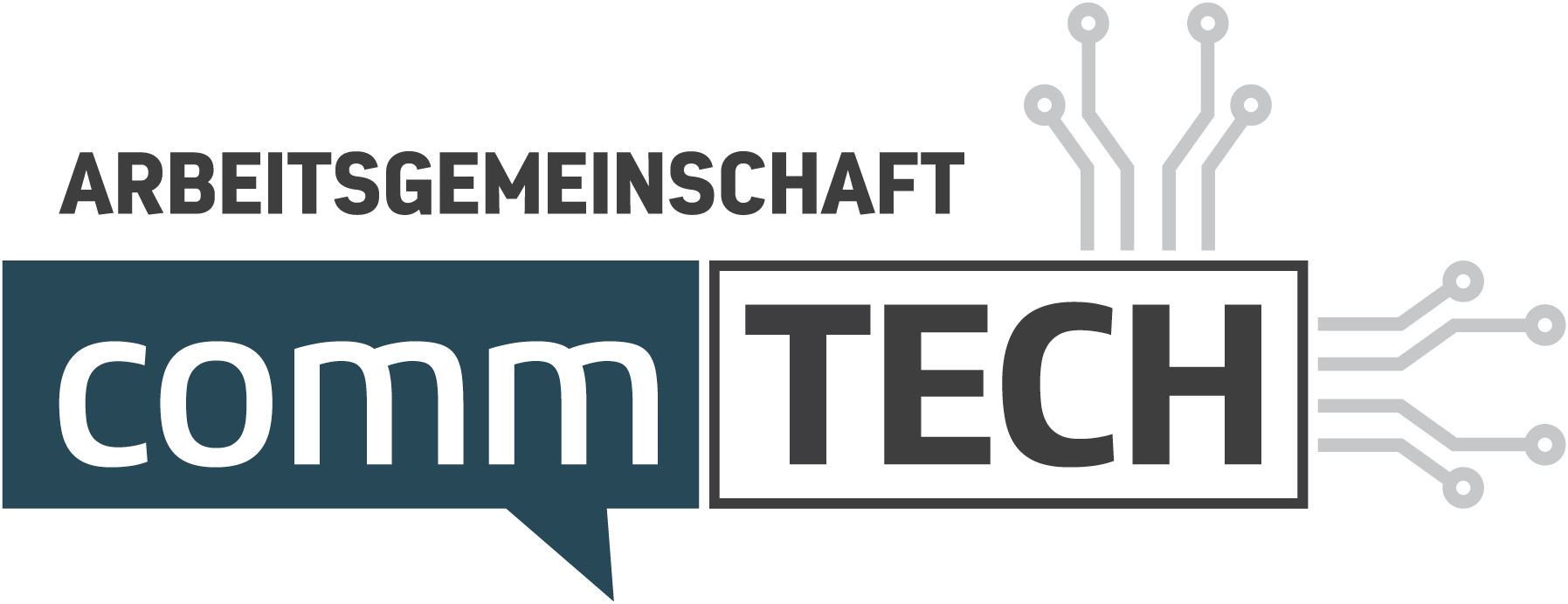- 28. March 2024
- Posted by: Thomas Mickeleit
- Category: NEWS

Process automation in communication – still more of a wish than a reality at the moment

Automation is playing an increasingly important role in the world of corporate communication – at least when it comes to the wishes and expectations of those responsible for communication. A recent survey conducted by the Process Automation Initiative in the CommTech working group provides revealing insights into this trend. It is based on the CommTech Index Report presented in November [1] which identified process automation in communication management as the most important area of investment with 72 percent. The recent follow-up survey involving 46 communication experts provides valuable insights into the objectives of process automation as well as the actual implementation status in the communication departments.
The survey results clearly show that automation is becoming increasingly important in corporate communications. An overwhelming majority of 89 percent of respondents consider automation to be important or very important. This assessment underlines the potential for improvement with the help of automation to establish more efficient, cost-effective and measurable communication processes.
The participants in the survey cited the following as the main reasons for automation: time savings (91.3 percent), measurability of results (60.8 percent) and cost savings (30.4 percent). In times of tight budgets, thin staffing levels and increased pressure to justify their actions, these factors reflect the key challenges that companies face in a fast-moving and data-driven market environment.
The assessment of the potential of various processes is also interesting. Media analytics and reporting are seen as areas with very high potential for automation, with 71.7% and 65.2% respectively. This prioritization indicates a growing awareness of data-supported decisions and the optimization of communication strategies. At the same time, the focus on media analytics and reporting also provides another indication: those responsible for communication may simply lack an overview of which processes exist at all and which of them are suitable for automation. We talk about “blind spots” on the automation agenda. The lack of documentation of processes as an obstacle on the path to successful digitalization was already highlighted in the European Communications Monitor 2021[2] and is perhaps confirmed here. Another indication that this assumption is correct is provided by the tools currently used to support the automation of processes. Customer relationship management tools and editorial planning tools are each used by 26 percent of respondents. Interestingly, however, 32.6 percent of respondents do not use any specific automation tools. In fact, not a single respondent uses tools that support cross-application no-code automation, such as Zapier. It can be assumed that many communications departments are unaware of the existence of such tools, let alone have any concrete experience with them.
It is only logical that media analytics tops the list of processes already automated in communications departments with 43.5%, followed by reporting and content distribution to digital channels (32.6% each). Nevertheless, these figures confirm that many companies have already taken active steps towards more efficient and automated communication – but that the attributed importance of process automation has not reached either the breadth or depth of the market.
Conclusions and recommendations for action:
- Prioritizing automation: In view of the high leverage effect that automation contributes to increasing efficiency in communication departments, companies should take this aspect more into account in their strategic planning.
- Focus on data analytics and reporting: As these areas are seen as particularly promising, targeted investment in the relevant technologies and training is worthwhile.
- Diversification of the tool landscape: The relatively high number of companies without specific automation tools indicates considerable untapped potential. An expansion of the tools used could lead to further increases in efficiency.
- Awareness of company size: Smaller companies should use their agility to implement innovative solutions. Larger companies need to find ways to adapt their structures to the dynamic technological landscape.
The opportunities that process automation opens up in corporate communications must not be ignored. Rather, it is a key factor for success in an increasingly digitalized world. It is up to us to seize the opportunities that this development offers.
[1] CommTech Index Report 2023, AG CommTech | DPRG; https://agcommtech.de/download-bereich/#1709216528361-bc1ca9a6-ce85
[2] Source: Zerfass, A., Buhmann, A., Tench, R., Verčič, D., & Moreno, A. (2021). European Communication Monitor 2021. CommTech and digital infrastructure, video-conferencing, and future roles for communication professionals. Results of a survey in 46 countries. Slide 16 ff.

